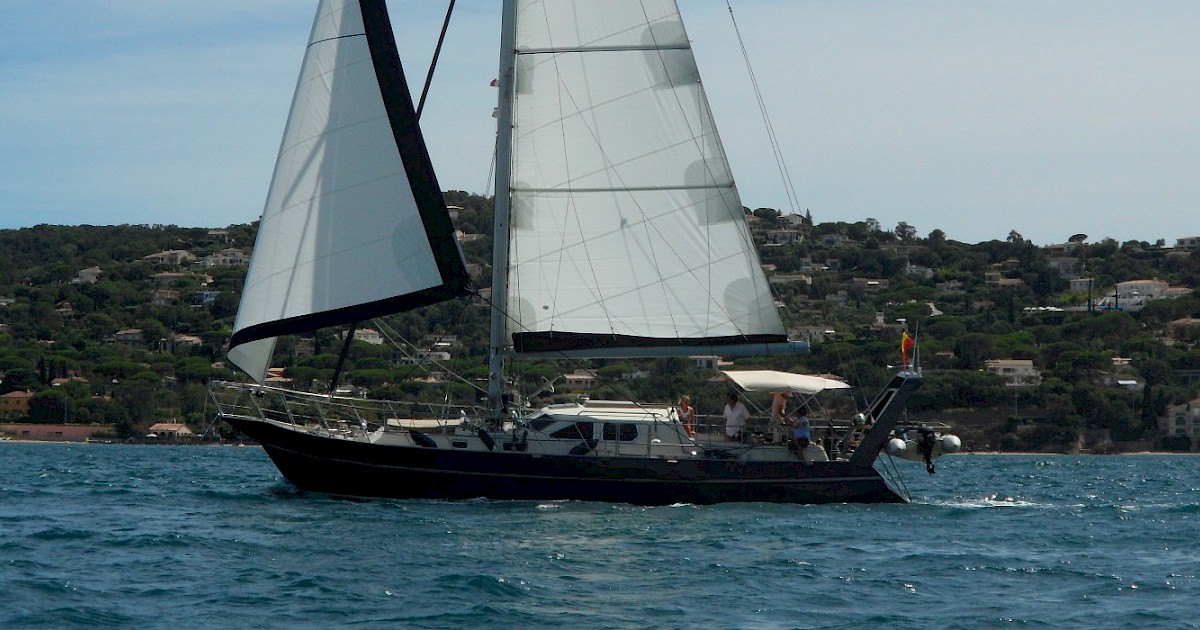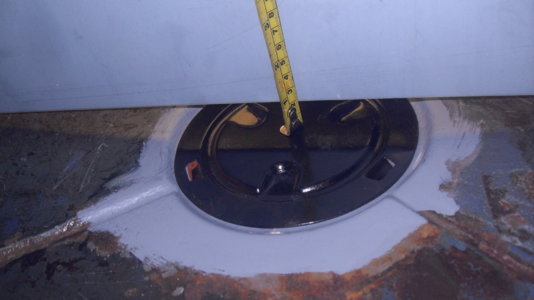I think the belly is normal. I had them on both sides of my car. I also do remember that while working on the car in that area, everything kept 'walking' towards the hole due to vibration of grinding or sanding, and falling on the ground.
But that's just thoughts, and I always prefer values over thoughts:
I still have one of my original rear panels, I'll measure the 'depth' of the belly; if that value matches yours, then it would give indication that it is original.
The Tloczonia panels are having some details that the fronts from W&N do not have. However they are also easily identifiable as incorrect, as the 5 beads are not continued through the 'step' that the panel makes. they stop at the edge, and on the level below they start again. the originals have the beads following 'through' the step. Here: Tlocznia in blue with incorrect step, versus the W&N panels, with their accurate 'step' in the lower edge of the picture.
View attachment 135858 View attachment 135859
The above picture also shows that I made some trial pieces to study how the material pulled when rolling the beads. One consideration is to weld the front and rear pieces together with some temp welds, and run the beads from the rear panels straight into the front panel. I've chosen that method for my second floor half (left side).
View attachment 135861
I did quite some comparision on the rear and front panels in another post. Biggest feature that was 'off' on the W&N rear panel is the distance front to back of the lowest depression; it is about 10 mm too short when comparing to originals. As on the underside it needs to line up with the end of the frame rails, it means you have 2 choices:
1. to shift the panel forward, mating it correctly to the frame rails. However then the 2 M8 bolt holes for the rear suspension are also 10 mm too far forward: to be remedied by relocating them.
2. to align the panel on the 2 m8 bolt holes for the rear suspension, and to correct the fitment to the frame rails by filling the gap.
This is how it ends up when you don't consider the above :-(. I should have chosen to move these 2 M8 holes at the rear of the panel:
View attachment 135863 View attachment 135864
Also the rear pans do not have the spacing correct compared to original. below pic shows W7N panel, with the bead near the tunnel perfectly aligned near the tunnel; it is however ~5 mm off towards the sill. (which isn't an issue if you replace the front floor panels as well; in that case you need to create the beads anyway )
View attachment 135860
In the rear it has identical fitment issues, which can only be corrected by flattening the W&N panel, and shifting the bead slightly.
View attachment 135862

 www.huysmanyacht.com
www.huysmanyacht.com



